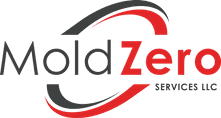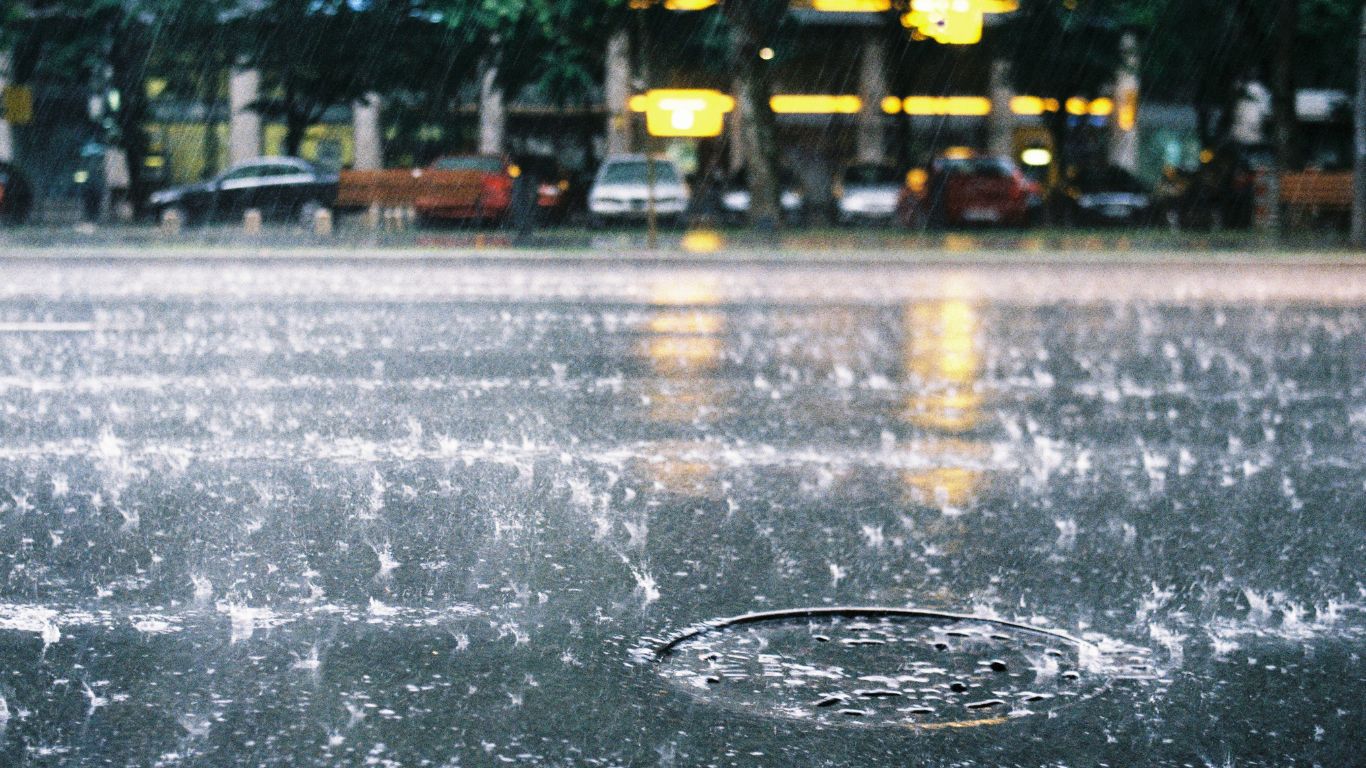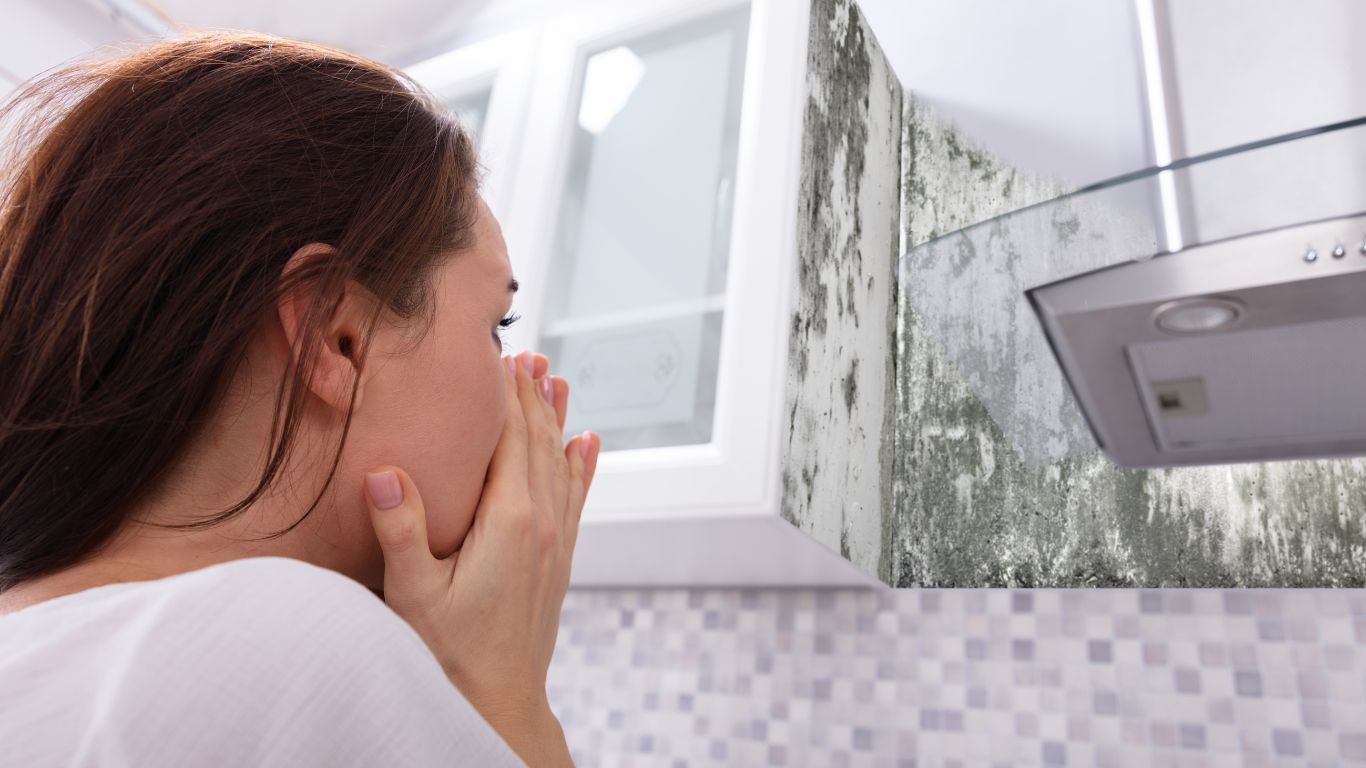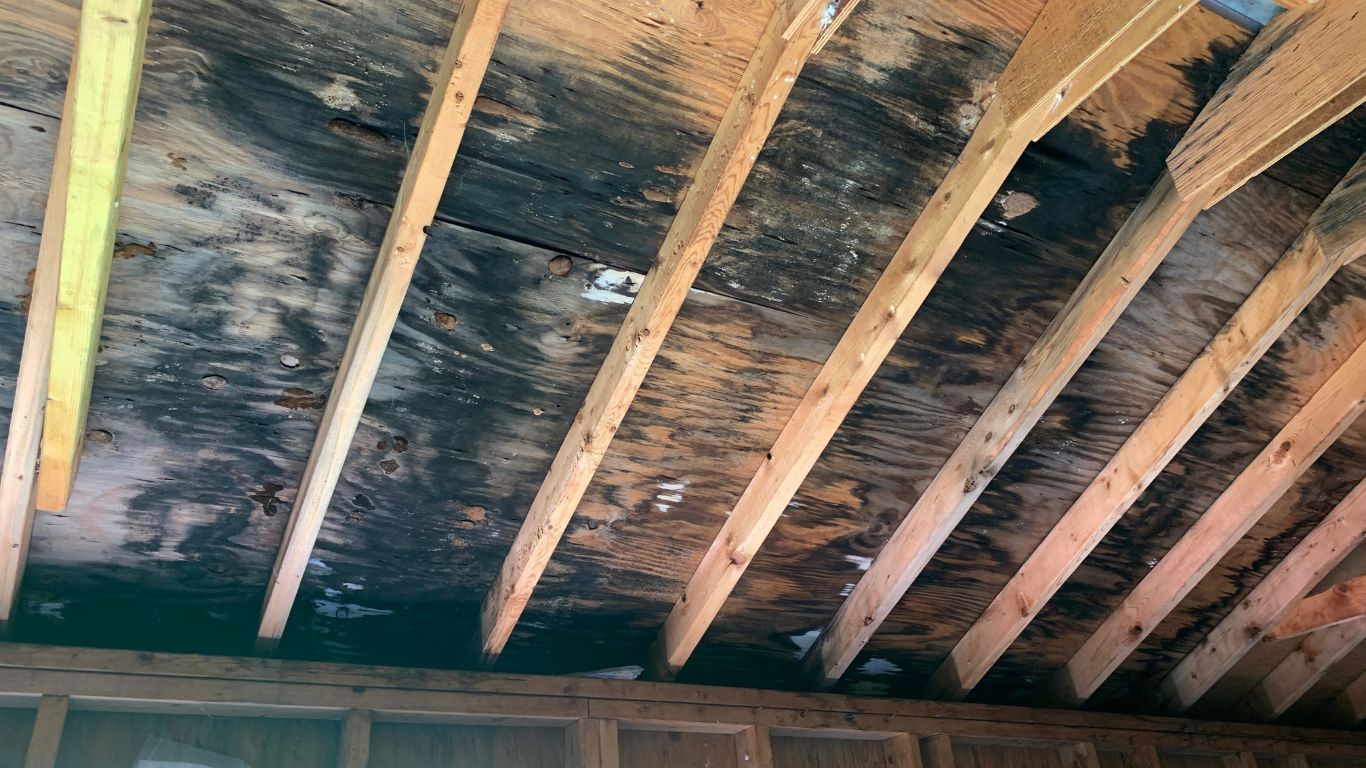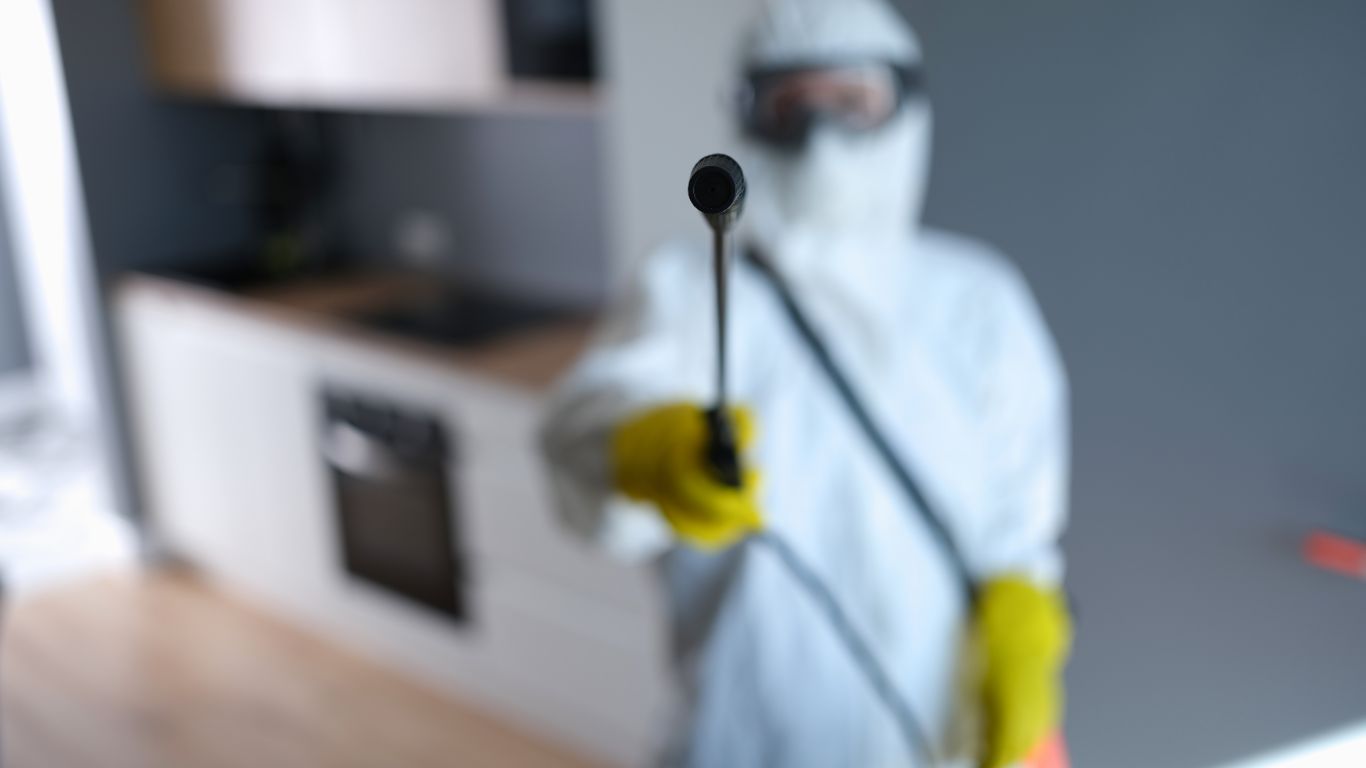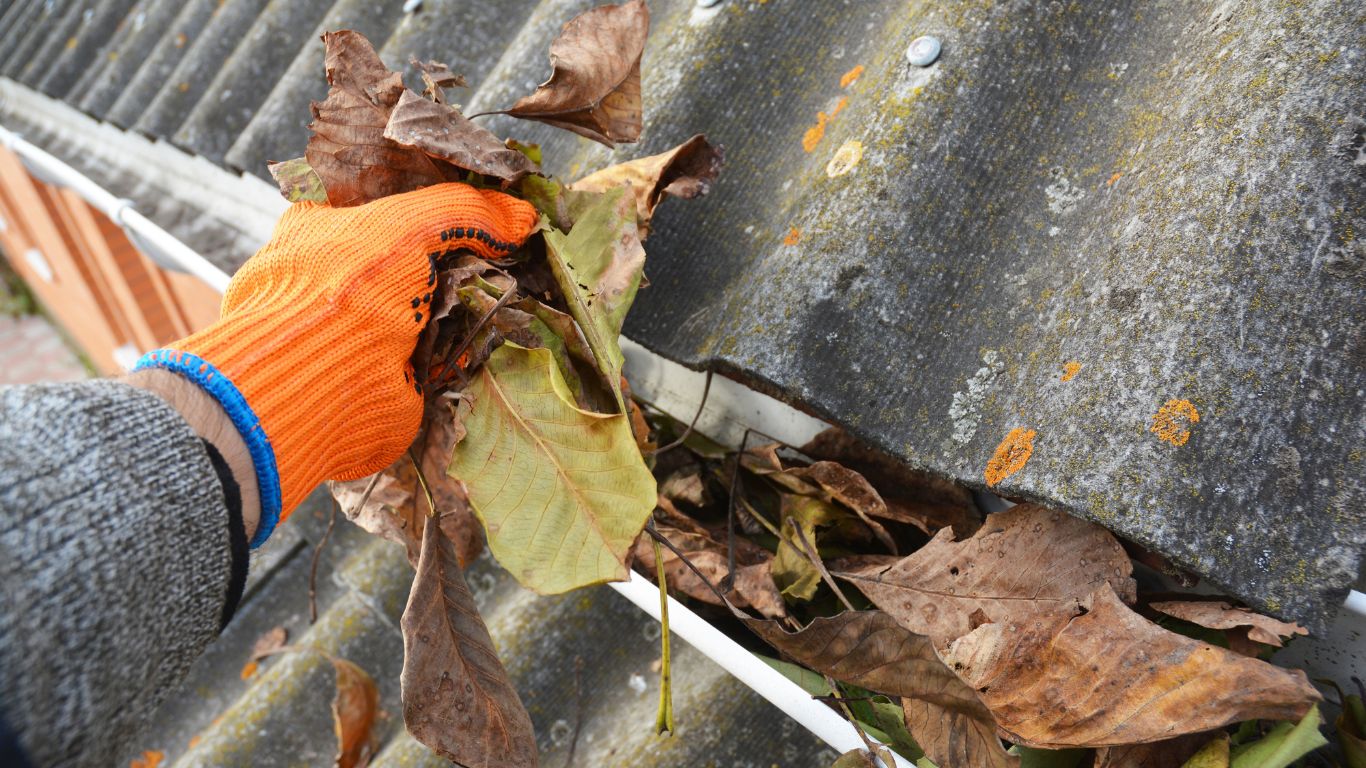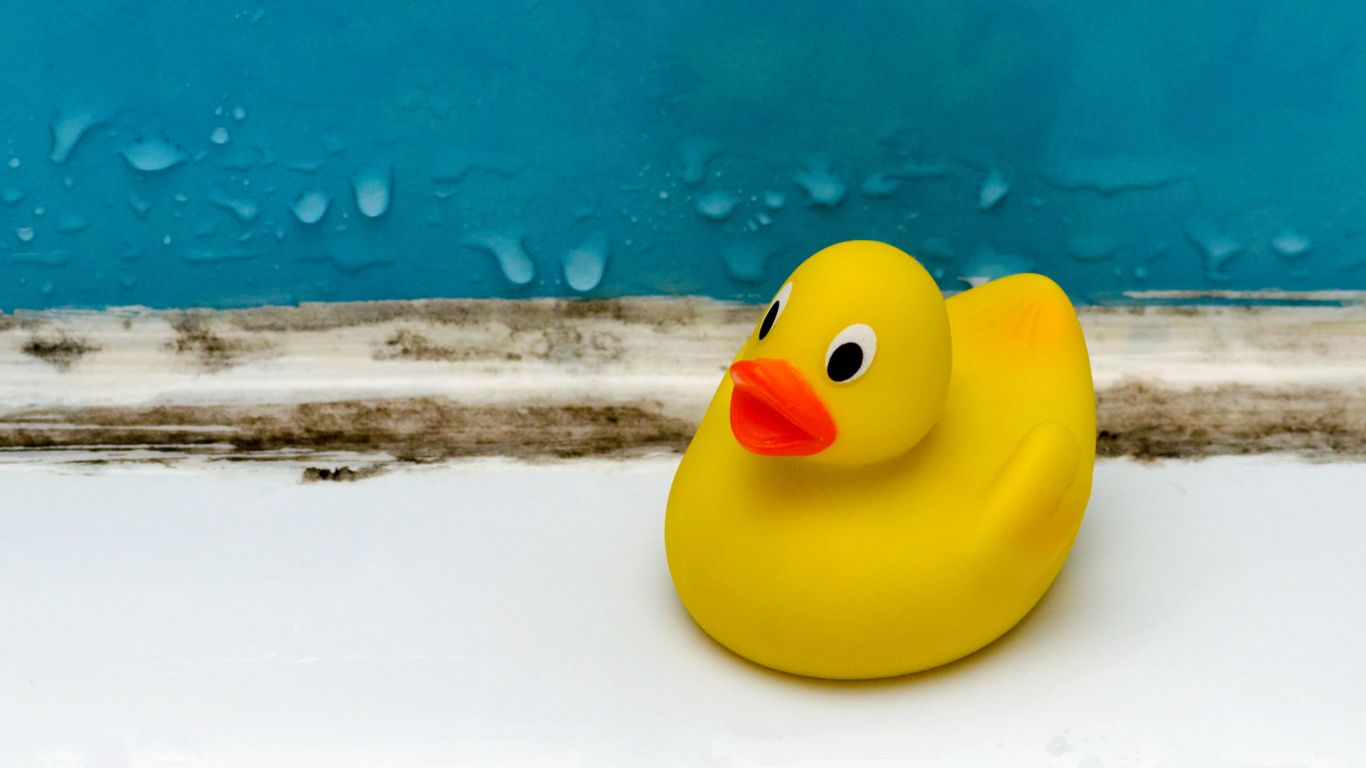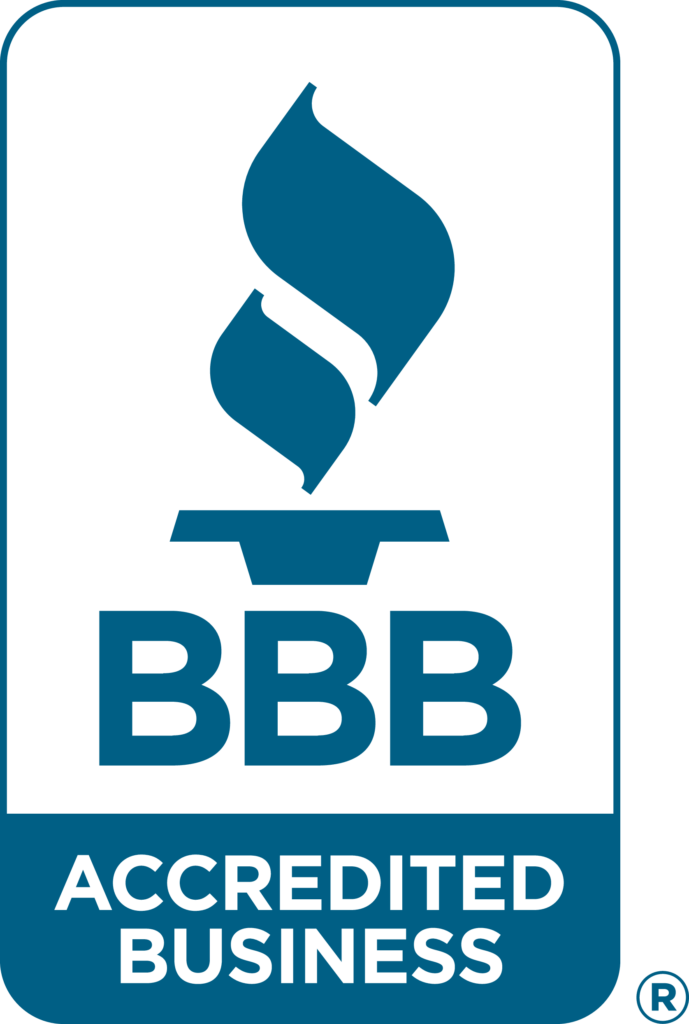MOLD, THE UNWELCOMED GUEST
A house full of mold sits alongside persistent teenage acne as one of the last things anyone wants to deal with. However, it is nearly impossible to keep a home 100% free of mold. No matter how hard you try to get rid of the spores, mold, invisible to the naked eye, can occupy parts of your home that you would never notice.
Disinfectants won’t take the spores out of an environment completely, as they are an unending part of nature. They play a vital role in the decomposition of organic material and are an essential part of an outside ecosystem, but an unwelcome guest when it finds their way indoors.
So why is mold considered dangerous by many of us? Is there more to know about this fungus? Read on to find out how this common microorganism can affect the health of you and your family!
WHAT EXACTLY IS MOLD?
Mold is not a plant, animal, or microbe. It is a fungus involved in the breakdown (decomposition) of dead organic material like plants, wood, and other life forms. Each spore is very small and & the individual particles are invisible unless viewed through a microscope making them “microbe”.
Mostly, the individual spores themselves are harmless, but things get messy when the mold spores come together to form a colony. The mold colony may have a number of appearances ranging in color and texture, but no matter what it looks like, it can become dangerous.
The color of mold is determined by the age of the colony & its source of nutrients. For Example, when mold is growing on vinyl material (say a wallpaper), it may appear pink or purple. Meanwhile, mildew, which is the term for mold growing on fabric, can appear green or brown. However, it is important to state that the color of the mold does not determine how dangerous it is.
Regardless of color, when mold growth is left unchecked, it can negatively impact a person’s health. Mold emits pathogenic mycotoxins, which some people are intolerant to.
This may lead to severe health issues, even permanent disabilities & premature death. Mold grows very quickly. It needs only a week after its first appearance to take over a small space in your home. So it is important to deal with a mold issue as soon as you notice it.
WHY DOES MOLD GROW?
Mold grows due to the availability of certain elements that are crucial to its growth. The presence of oxygen, moisture, food sources, mold spores, and the absence of direct sunlight are all conditions that can perpetuate its growth.
Note that moisture can be replaced with humidity, too — so mold doesn’t necessarily need large amounts of water to thrive, simply enough moisture in the air can create the ideal conditions for mold growth. It is impossible to eliminate certain factors like oxygen and its food sources, and in these cases, it is best to tackle the other sources of mold, like moisture levels to eliminate mold in your home.
MOLD AND HEALTH 101
According to the Center for Disease Control (CDC), mold is commonly found in indoor living spaces like homes or apartment buildings and grows in places with moisture availability. Without proper mold testing, it is difficult to determine whether or not your home is harboring one or more of the thousands of species of mold, putting your family at risk.
Thankfully, you don’t have to identify the type of mold before you eliminate it. In the same vein, scientists have not established that one mold type has different effects from the others. The consensus now is that, in general, all types of mold can pose the same health risks and should be tackled as soon as possible.
THE MOST COMMON TYPES OF MOLD THAT GROW INDOORS ARE:
- Aspergillus: Aspergillus appears white, gray, or green with a powdery look & dark spots and does not need a lot of air to grow. This type of mold thrives in attics, basements, on dry food items, and in fabrics & walls.
- Cladosporium: This mold is mostly black, brown, or green in color and grows in both cool & warm places. Cladosporium is very common on carpets, fabrics, or woods and in cooling & heating ducts.
- Penicillium: Penicillium is a fuzzy mold, usually yellow, green, or blue in color. It is mostly found in basements, under carpets & in isolated spaces, particularly in water-damaged areas.
THERE ARE OTHER MOLD TYPES THAT DON’T COMMONLY GROW INDOORS, BUT THIS DOESN’T REMOVE THE POSSIBILITY OF THEIR PRESENCE IN YOUR HOME. THESE INCLUDE:
- Alternaria: This is a fuzzy white & black mold that grows mostly in wallpaper & fabrics, in kitchens & bathrooms, and close to air conditioners & windows.
- Aureobasidium: This mold appears pink with scattered black spots. Aureobasidium is usually found on walls, wood, grout & caulking.
- Trichoderma: This mold appears creamy-white and turns green after its spores are released. You can find this type of mold on windows, wood, kitchens, and in bathrooms.
BREEDING PLACES FOR MOLD IN YOUR HOME
Mold grows best in cold, damp spaces, with plenty of moisture & an oxygen supply. The main factor that you must look for is the amount of moisture available. The more moisture a space is prone to produce, the more likely one will find mold in that area.
THE MOST COMMON PLACES IN YOUR HOME FOR MOLD TO BREED ARE:
- Bathroom: Bathrooms are always wet, and there are usually hidden areas for mold to grow. Common spots where mold can grow in your bathroom include around the bathtub, on the walls of showers, by the water heater, on the mat, on overused towels usually put away wet, in a toothbrush holder, underneath the sink, etc.
- Kitchen & Laundry Room: Your kitchen & laundry room also has some dark areas where mold can hide, and both are regularly exposed to moisture. The wall behind your washing machine can be a source of moisture, as well as the space underneath your dryer. You need to focus on these areas; else, you may discover mold growth when it’s too late.
- Attics & Basements: You may think that moisture isn’t available in these areas, and you may be correct — depending on how your home is designed. However, these areas are typically humid and lack proper ventilation. Clean these areas regularly and check for mold growth to make sure your family remains free from harm.
- Bedrooms: Your bathroom, depending on its arrangement & your choices, can have a number of spots for mold to grow. You should also be wary of broken pipes hidden behind the drywall of a home that can be a source of moisture, creating the perfect environment for mold to grow. The humidity of a bedroom should be kept below 60% to restrict mold growth.
- Living Room: Mold is not common in the living room since moisture or humidity isn’t always available here. However, leaking windows and sliding doors can be one source of moisture, and it only takes a little neglect, for mold to grow out of control in this space.
If you are concerned about mold exposure in your home, call Mold Zero for a free consultation today at (626)671-8885. Our clean Dry-Fog Technology will knock out the mold in your home, with most jobs being done in 1 business day!
CAUSES OF MOLD GROWTH
When you think about the conditions in that mold needs to grow, you’ll understand why we insist mold can never really be eradicated from your home. The absence of any of these elements can stop mold from taking over your home, but eliminating all these factors is not reasonable. That being said, management of these things is vitally important to prevent mold from taking over your home.
COMMON CONDITIONS THAT FOSTER MOLD GROWTH:
PRESENCE OF MOLD SPORES
Mold Spores are the sole cause of mold growth. It can be difficult to remove this element, as these spores surround us and are in the air that we breathe. They usually enter your home from outside & cannot be seen by the naked eye.
Mold spores enter through open windows and doors in your home. When it finds a suitable place in your home, with plenty of moisture and food, the mold spore will settle down and being to build its colony.
MOISTURE
Mold cannot thrive in a place with zero moisture presence. Water remains key to its existence. What makes mold so formidable is that it can survive in all sorts of humidity levels.
Even the slightest dampness in your home is a potential nursery for mold. The longer a spot or space remains wet, the higher the chance of mold growth. It is highly advised that water damage must be addressed within 48 hours to prevent mold growth.
Hidden spots are the likeliest for mold to grow, so you should regularly check the area under the kitchen or bathroom sink. Moisture control is critical in your fight against mold.
FOOD SOURCE
Mold needs food to exist because it is a life form. Outside, there are limitless food sources for mold, which is why it grows nearly everywhere and the story is not very different in your home. Mold feeds on organic material such as wood panels or on your wallboard, but it can also feed on small amounts of dirt & dust. That being said, a clean home is vital to keeping mold at bay, and away from your home.
OXYGEN
As we said, mold is a lifeform — it needs oxygen too to thrive & reproduce. Mold cannot divide its cells & create a colony without oxygen. Just like a food source, it is impossible to completely eliminate oxygen from your home, so it is a wise idea to focus on fixing any moisture issues to prevent mold growth.
ABSENCE OF SUNLIGHT
Exposure to direct sunlight is very deadly to mold. The cellular structure of mold is easily destroyed by the ultraviolet rays of natural sunlight. This explains why they prefer dim or dark areas outside & why they like to live indoors. Indoor lighting is not as devastating as sunlight is on mold and thus allows for its perpetuation inside our homes.
HOW TO PREVENT MOLD GROWTH
The most effective way of preventing mold growth in your home is to control the amount of moisture available. This is the easiest thing to tackle because we can not do anything about the oxygen levels in your home. Mold spores are everywhere, they are invisible, and there is virtually no way to completely eliminate them, or their food source.
We also may not always be able to control the amount of sunlight in a given space, so, controlling the moisture level in a home is usually your best option against a mold infestation.
SOME HELPFUL & PRACTICAL WAYS TO CURB MOLD GROWTH ARE:
- Identify & mend water problems as soon as they occur to prevent moisture buildup. For example, fixing a broken pipe or a leaky faucet.
- Clean areas with water damage or leakage within 24-48 hours of damage.
- Use a dehumidifier or air conditioner during humid times of the year to lower the risk of moisture buildup in your home.
- Do not use carpets in bathrooms & humid basements.
- Utilize air purifiers to remove mold spores from the air.
- Maintain good ventilation in your home to improve air quality & avoid dampness.
- When showering, open the window or use a bathroom fan to keep the air circulating.
- Adding a layer of insulation to your home in order to reduce the possibility of cold surface condensation.
HOW MOLD AFFECTS YOU, YOUR FAMILIES, & YOUR PET’S HEALTH
Most people are unaffected by mold exposure unless they are exposed to an excessive amount, and for a prolonged period of time. This sounds like good news since no one would deliberately expose themselves to an excessive amount of mold, but we don’t always know when we are in the vicinity of it. This is why it is important to address a mold issue as soon as you suspect that you have one.
That being said, let’s look at the effects of mold allergy on your health. It is important to note that you may not immediately fall ill when you are first exposed to mold. It may take a while before a person exposed to mold will begin to show symptoms of their exposure, but by then your body is already being attacked by this foreign invader.
INHALING OR TOUCHING MOLD SPORES MAY PROVOKE REACTIONS ASSOCIATED WITH ALLERGY AND ASTHMA SYMPTOMS, SOME OF WHICH ARE:
- Runny nose & congestion
- Eye irritation
- Sneezing
- Shortness of breath
- Coughing
- Sore throat
- Skin rash
LIKE MOST HEALTH THREATS, MOLD CAN LEAD TO COMPLICATIONS IN PEOPLE WITH WEAK IMMUNE SYSTEMS LIKE:
- Asthma Attack
- Allergies
- Bronchitis
- Pulmonary Aspergillosis
Exposure to mold is likely to trigger an attack in persons with asthma, so it is vital for them to keep an inhaler close.
CAN INHALING MOLD AFFECT YOUR HEALTH?
Sometimes, mold releases spores known as mycotoxins. Studies suggest that these mold fragments are produced by the mold colony to reduce the growth of other mold types & microbe in an area. Mycotoxins are not necessarily dangerous — after all, penicillin is a form of mycotoxin, and it is used to tackle microbel infections.
However, some forms of mycotoxins may make people sick when they are swallowed (ingested), inhaled, or absorbed through the skin. It is still not clear how harmful these mycotoxins are exactly to people. Most of the negative effects of mycotoxins recorded are in farm animals exposed to moldy hay or grain. There are far too few cases of people developing extreme complications from mycotoxins, so it is still too early to reach an exact conclusion.
Research is still ongoing on this aspect to bring more clarification on how harmful mycotoxins actually are to people. For now, your best course of action would be to avoid inhaling these mold particles as much as possible and to take care of a mold infestation as soon as you notice one.
Effects of Mold on Pets
If mold is in your home, your pets will come in contact with it more often than you think. Your pet is much more prone to want to explore unexplored areas, and they may end up exposing themselves to these dangerous spores.
PETS EXPOSED TO MOLD WILL EXPERIENCE A COUPLE OF HEALTH ISSUES, SUCH AS:
- Allergic reactions
- Damage to the gastrointestinal tract
- Lung & respiratory issues.
- Digestive problems
- Neurological issues like tremors & seizures
The effects of mold are typically treatable if detected on time. Exposure for a prolonged period of time can, however, be more severe & harder to manage. If you leave your pets untreated after suffering these health issues, they may even suffer organ damage.
The health consequences of mold on pets were prominently noted in a 2007 study. A veterinarian conducting pre-ops on two cats found pulmonary hemorrhages in them, eventually leading to both felines’ death. The filed report cited complications from mold exposure as a leading cause of their death. It was later discovered that the mold, which had eventually taken the cats from their family, took over their home after a flood.
WHAT ARE THE SYMPTOMS OF MOLD EXPOSURE?
There is always an extra hue of anxiety that comes with finding out & disclosing that you have black mold (Stachybotrys Chartarum) growing in your home. But in reality, we don’t believe that there should be as much fear associated with black mold as there is— simply because many research papers do not believe that the color of mold is what determines the symptoms it causes.
Black mold is simply a dark type of mold that grows in your home, just like any other type of mold.
But black mold does release mycotoxins, which essentially are mold spores that can affect our bodies negatively. Exposure to these mycotoxins can lead to complicated health issues and chronic diseases. If one does not take precautionary measures, black mold can infest your home, causing more stress on our bodies than there needs to be.
There are fears that black mold can cause severe issues such as arthritis, amnesia, cancer, or even SIDS (Sudden Infant Death Syndrome). However, these reports are based on inconclusive evidence and there’s no definitive proof that black mold will cause any of the issues mentioned above. According to the Florida Department of Health, black mold will only cause the typical symptoms associated with mold exposure.
MINOR HEALTH ISSUES ASSOCIATED WITH BLACK MOLD EXPOSURE INCLUDE:
- Skin irritation
- Sneezing
- Wheezing
- Coughing
- Runny nose
- Eye Redness
The bottom line is this: for most people, black mold will not pose an immediate danger to their life, but it can still affect their health and should be taken seriously.
HOW TO RECOVER FROM MOLD EXPOSURE
There’s a saying that you can’t heal in the same environment that made you sick. So, while we cannot ask you to change homes when you feel sick from mold exposure, we can tell you that the first step is to eliminate the presence of mold from your home and that is where Mold Zero can help.
We use a patented, clean process to eliminate the mold in your home. We finish most jobs within 1 business day and use little to no demolition. To schedule, a free estimate contacts us at (626) 671-8885
After you have done your best to remove the mold from your home you should book a doctor’s appointment. From there, a medical professional can analyze your individual needs and provide further actionable steps that you can take to better your health.
CAN MOLD AFFECT YOUR LUNGS?
There is an extra concern when it comes to the health effects of mold on our lungs, and we wouldn’t say that these are unfounded concerns. After all, mold is airborne and can be harsher on asthmatics or people with health issues related to their lungs.
As it stands, research suggests that long-term exposure to Aspergillus fumigatus can lead to aspergillosis. This is an infection that causes complications or allergic reactions in the lungs. There are three types of this condition, and they are:
- Pulmonary Aspergillosis: This is common in persons with severely damaged lungs with holes in which the fungus can thrive. People that succumb to this illness usually suffer from chronic lung diseases, such as emphysema, tuberculosis & advanced sarcoidosis.
- Invasive Aspergillosis: This is the most severe type of aspergillosis. In this case, the fungus travels from the lungs to the bloodstream. Organs like the liver, brain & kidney may become affected.
- Allergic bronchopulmonary aspergillosis: ABPA causes air passage constriction & inflammation in the lungs. This is common in persons with bronchiectasis, asthma, or cystic fibrosis.
It is important to note that these conditions are rare in these people. Only 10% of asthmatic people will suffer complications from aspergillosis; only 2% of asthmatics suffer ABPA, while only 2-15% of asthmatics suffer cystic fibrosis.
CAN MOLD RETURN AFTER IT LEAVES?
Mold is hardly ever completely eliminated from an environment and it can always return. A home treated for mold will remain free for a while, but it is only a matter of time before it returns. Especially if you neglect things such as moisture control and keeping the spaces in your home clean.
CONTACT US
Mold is a type of fungus that plays a pivotal role in our ecosystem. However, within our homes, they are unwanted and can lead to illness in you and your family.
It is necessary to remove mold as soon as you see it, as it can pose a threat to you and your family’s health, and that is where Mold Zero can help. We use a patented dry-fog technology that is clean and efficient. We are able to complete most jobs within 1 business day with little to no demolition. To request a free estimate today, contact us at (626)671-8885. If you have a Mold Problem, it’s No Problem. Mold Zero is here to help.
